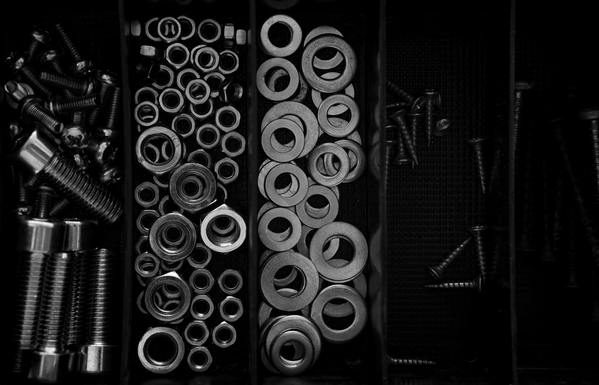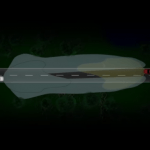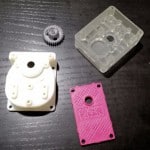Washers are essential parts of geared motors which support a clamping load or act as spacers. Discover in this article more about their importance and characteristics.
What are washers and what are their features?
Washers are mounting elements that generally have the shape of a thin disc with a central hole, although it is also possible to find washers with a star structure as well as with internal or external teeth.
They are usually made of metal or plastic and the main feature they possess is related to their functionality.
You might be interested: Everything you need to know about geared motors and their components
For example, in the case of screws with high quality heads, washers of some type of hard metal are required to prevent loss of pre-load once the torque is applied.
On the other hand, the sealing gaskets, which are used in lids and joints to prevent the leakage of liquids such as water, oil and others, are usually the same as a washer but their function is different.
Types of washers
Each of the components that are essential for the proper functioning of the machinery or gearmotors must be of the right quality and have the right functionality.
Recommended reading: How to ensure the correct operation of your gearmotors and optimize their efficiency
Therefore, being able to recognize the different types of washers and their possible uses allows you to make wise decisions regarding the choice of one or the other, thus avoiding future problems such as rapid wear and tear or the destruction of the component.
Next, we will explain the different types of washers that exist and the diversity of uses that each one of them has.
Flat iron washers
These are usually the most requested due to their functionality: they are used mainly to complement screws, even those with hexagonal head. They can have different shapes based on the role they play round or square-shaped, made from metal and wood, etc.
Serrated washers
These are mostly composed of carbon. And you can easily identify them, since they are black and have many dents. Their use is intended to reduce the usual friction and thus prevent the wood-on-wood joint or soft metals, such as aluminum, from loosening.
Rubber washers
They are used to prevent loosening of the bolted joint and the material. They are used with steel-on-steel, wood-on-wood or steel-on-wood.
Security washers or lock rings for shafts or holes
Their main function is to guarantee retention for shafts or holes.
Belleville washer or conical spring washer
This is a conical washer whose purpose is to prevent the loss of preload that can occur between the screw and the nut. In this way, one of the two parts is kept fixed and very firm against the usual vibrations of some machinery.
EPDM washer
These are mixed since they are composed of steel and rubber. They are used to prevent water filtrations, especially in decks. They are also used for water radiator seals, specifically in valves when a radiator is purged. This type of use is due to the fact that they are highly resistant to high water temperatures.
Washers for materials such as plaster or cardboard
Their main characteristic is that they favor a slight tightening of its edges, managing to reform the union of the material to be immobilized.
Grower washers
This type of washer is different from the rest because it is split. They can be made of blued steel, which allows them to be easily distinguished by their dark shade and, in addition, one of their ends is higher than the other.
Its most important function is that it exerts extra pressure between both surfaces, achieving extreme firmness and more safely preventing the joints from loosening due to the spring system they have. Because of this great capacity, not only do they prevent a nut from unscrewing, but they also prevent the parts involved in the adjustment from losing pressure.
Functionality of washers and their importance
The main function of washers is to join nuts and bolt heads in order to maximize the fit and to support a balanced clamping load between the surfaces.
There are also other uses that clearly demonstrate how advantageous they are for the proper functioning of machinery and geared motors:
- Protecting the surfaces that come into contact and as a safety device.
- Distributing adjustment force in different areas of the screw or nut used.
- Reducing the risk of distension of the bolted joint by increasing friction through specific washers such as serrated or grooved.
- Compensating the parallelism when it is in fault, achieving that the pressure of tightening does not fall on a single point damaging the material.
- As spacers for the parts used.
- As springs between the pieces.
- Preventing galvanic corrosion through insulation of metal screws from aluminum surfaces.
- As preload indicators.
In conclusion, washers have multiple functions and provide great operational benefits. At CLR, we understand that products must have quality in order for each project to be successful. That is why we design and manufacture components such as washers according to European quality standards, ensuring maximum precision in the use of each type of product.
Get to know our products and receive advice so that you can choose the optimum washer for the functionality required by your gear motor or tool.










